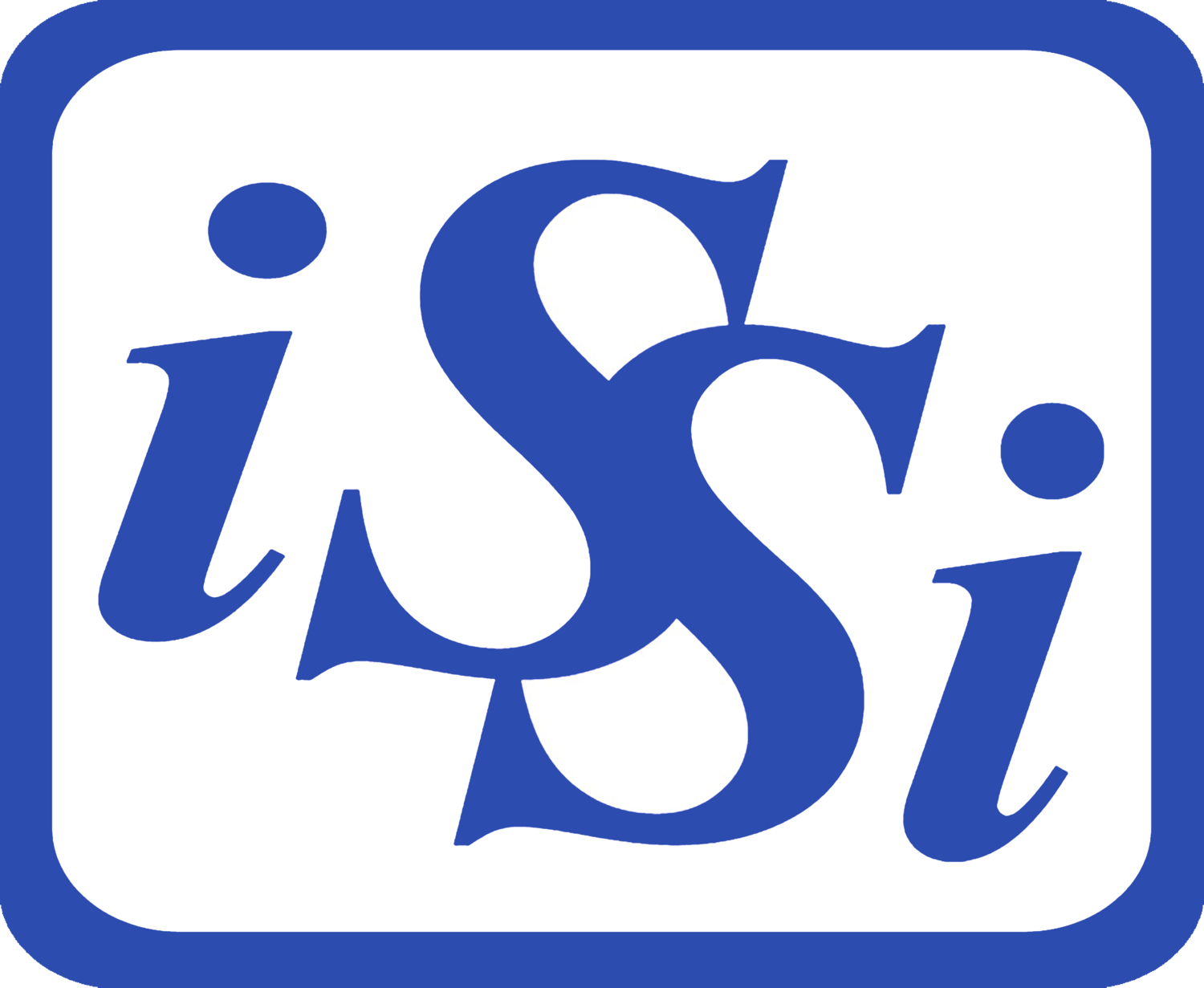In today’s rapidly changing, 'disruption' economy it can be tough to discern whether you are infringing on another’s intellectual property as processes are constantly improving and changing. Finding out the hard way can be a costly mistake. According to the American Intellectual Property Law Association, intellectual property lawsuits cost an average of $4.4 million between defense costs and potential damages. This is problematic as, chances are, every company uses intellectual property at some point in their operations or supply chain and may not even realize it. It should then be alarming that coverage for intellectual property infringement is specifically excluded in the Personal and Advertising Injury part of the Commercial General Liability Policy. Companies are then left with a severe, uninsured exposure that they may not even know they have.
Intellectual Property refers to “creations of the mind, such as inventions; literary and artistic works; designs; and symbols, names, and images used in commerce.” Its broad definition can create confusion
When developing your intellectual property, it’s important to make sure you’re not inadvertently infringing on another’s IP. In many cases, considerable time and resources may be spent only to find out that another company is claiming your work infringes on their IP. The vetting process is further complicated by the rise of non-practicing entities (NPE’s), or what are referred to as “patent trolls.” NPE’s are companies that hold various patents but don’t produce any products or services. They exist by threatening lawsuits to companies that may be infringing on their patents and offer settlements just below the cost of defense. For defending companies, it is markedly cheaper to settle than to hire an attorney and fight in court, thus perpetuating NPE’s ability to acquire more patents and attack other companies.
On the flip side, you invested a lot of time, hard work, and energy into developing your intellectual property and you can’t afford to let another company come along and infringe upon it. However, you also can’t quite afford the $4.4 million price tag that an intellectual property suit brings. The moral hazard is evident; theoretically, a company with larger assets could infringe on a smaller company’s IP; knowing that the smaller entity does not have the resources to enter into litigation.
Often overlooked is the intellectual property your business relies on from vendors and suppliers. A common example is any sort of software that your company licenses. A less common example is a part your company buys from a supplier that is used in your finished product. That supplier may have a patent on either the machinery or the process used to make that part. If they lose that patent in an IP suit you may have to find a more expensive supplier. Finding a new supplier isn’t as easy as picking up the yellow pages. There are search costs, negotiations, product differences, and logistical concerns that can place an undue burden on an organization that has to unexpectedly switch.
Addressing your intellectual property exposure should be part of your enterprise wide risk management program. You should take an internal audit of your software licenses, suppliers, and your own intellectual property; determine your reliance on them and develop the appropriate risk management measures to address those exposures.
As part of your risk management program, you may consider purchasing insurance. The most common is Defense Coverage, which simply covers your defense costs and potential damages you may owe. Several carriers are also offering Enforcement Coverage that pays your legal costs of suing others who infringe on your IP. In addition, there is coverage available for your reliance on another company’s intellectual property. Some of these policies also offer coverage for your indirect costs of losing an IP suit - like your loss of income or costs associated with creating new IP.
Addressing IP exposures, and the applicable insurance, is very complex and requires a thorough review and understanding of the coverage provided by certain policies as well as a knowledgeable broker to guide you through the process.
